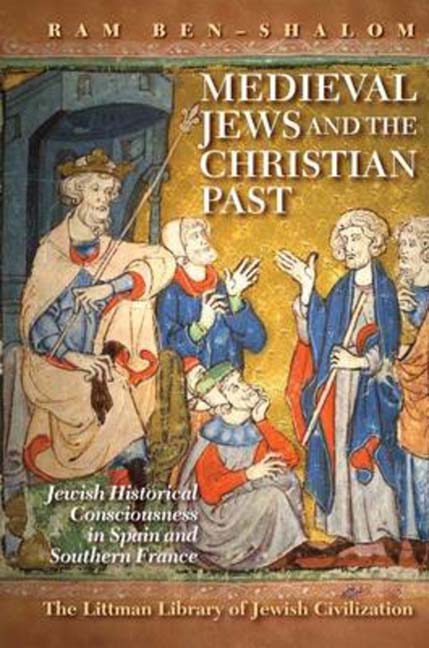2 - Rome: Images and Influence
Summary
THE CHRISTIANS OF the Middle Ages had a great interest in the Roman empire. At that time history was not perceived of as a separate discipline: it was studied either within the framework of biblical studies; for its theological or moral lessons; or as part of classical literature, as exemplars of good writing. Roman literature was regarded as wisdom literature and used to educate children from both higher and lower social classes. Even the writings of Livy, who was not particularly popular, were distributed to the monks of Cluny in the mideleventh century to be read during the forty days of Lent. There was interest in the past, although people's ideas of it were often imprecise and sometimes contained gross errors. People believed that the Roman empire still existed and regarded Saxon and Salian rulers as direct descendants of Julius Caesar or Augustus. They also imagined contemporary rulers to be similar to the emperors of ancient Rome. As far as they were concerned, despite the religious difference, there was no break between the classical period and their own time. Cassiodorus (c.483–583) contributed to this idea by drawing an unbroken line from the beginning of Rome to the Ostrogoth kings (a period of 5,721 years) in his Chronicle. The notion of ‘transfer of empire’ (translatio imperii ), which first developed at the court of Charlemagne and was popular with the Ottonian emperors, also supported this view of history. According to it, the Roman empire passed from Rome to Constantinople, from there to the Franks, from the Franks to the Lombards and from there to the Germans—the Holy Roman Empire.
In the Middle Ages, the concept of the Roman empire was shaped by Charlemagne’s. symbolic use of Rome, which was fostered afterwards by Otto II (955–83), who frequently used the title ‘Emperor of the Romans’ and Otto III (980–1002), who made Rome the capital of his kingdom, and announced the ‘renewal of the Roman empire’. Later German emperors, such as Conrad III and Frederick Barbarossa, also stressed the continuity of Roman rule. A typical example of this can be found in Otto von Freising's Chronical or History of the Two Cities (1143–5). Von Freising placed the German kings, including those of his own time, in his list of Roman emperors.
- Type
- Chapter
- Information
- Medieval Jews and the Christian PastJewish Historical Consciousness in Spain and Southern France, pp. 64 - 102Publisher: Liverpool University PressPrint publication year: 2015



